
Daintree Capital Wants Brand Founders To Explore Alternatives To Venture Capital Funding
Venture capital may grab headlines, but it’s not how most businesses, especially women- and BIPOC-led businesses, are financed. And many businesses aren’t suited to VC funding. Looking at the available funding for startups, Alisha Griffey spotted an opportunity to offer emerging women- and BIPOC-led businesses working capital loans to get them to the point where they might be suitable for VC or other traditional financing vehicles.
“It is true that venture capitalists have a lot of money to spend, but they’re only looking for companies that are growing at hyper rates and chasing mega markets,” she says. “A lot of companies don’t fit that mold, and in particular, a lot of companies run by women and people of color don’t fit that mold.”
Two and a half years ago, Griffey established Daintree Capital to offer working capital loans to underrepresented founders of companies that have been around for more than a year, reached at least $100,000 in annual revenues and built strong unit economics. Peak and Valley, Moisture Love and Iyvees are among the beauty and wellness brands Daintree has financed.
We chatted with Griffey to learn additional information about how Daintree’s loans function, her goals for the company and whats she believes is needed to advance funding for women- and BIPOC-led businesses on a societal level.
Can you speak a little about your background and what led to the founding of Daintree Capital?
My career is in the startup world as an operator. I was COO, CFO of three different startups, mostly in the clean energy space and, across the decade that I was doing that, I developed a lot of opinions about what is and isn’t working and how companies get funded and who gets funded. I’m sure you’ve seen all the same statistics I’ve seen about 97% of venture capital dollars going to male-led companies.
The statistics are even worse for women of color. It’s like .64% for Black women. So, the statistics are just egregious. That in and of itself was a reason to try and do something differently. On top of that, I was also really focused on this idea that there’s a very narrow type of company that is a good fit for venture capital funds. Yet, most startups feel like that’s their only path to funding, and if they’re not reaching out to venture capitalists, then they’re not going to be able to get investment capital, and they’re not going to be able to grow.
When I designed Daintree, I wanted not just to focus on getting money in the hands of underrepresented founders, but I really wanted to focus on doing it in a way that lined up better with the kinds of businesses these founders were running.
How do Daintree’s loans work exactly?
Instead of doing equity investment, we do working capital loans, which means we can invest in a much broader range of companies in terms of the industries that they’re in, but also in terms of their business models. We have done 49 loans, about $1.7 million in loan volume. Our loans are relatively small in size, they’re $10,000 to $75,000, but they’re used to fuel growth investments that are directly tied to revenue.
For example, with a lot of brands we work with, inventory financing is a big issue because the cost of inventory hits before the revenue does. So, if you’re growing, your inventory costs are going up over time, which means your working capital needs are going up over time. We do investment advertising campaigns, which are like if you have a product or service that customers really like, but you haven’t been able to invest in advertising. If that product has strong margins, that’s a great place for us to provide debt. For service companies, we sometimes help expand into new geographies.
It’s relatively small growth investments, but ones that really drive revenue and seem to be working. We have a 0% default rate, and companies that we fund have on average doubled their revenues in the first 12 months after they took out a Daintree loan. So, something is working.
How have you found people usually find out about Daintree?
I’ve very explicitly not tried to advertise broadly. I’m not doing the SEO optimization game because, when I started out, it was one person, and I can’t pretend that I have some magic algorithm that is going to funnel the right people through to me. I knew that screening was going to be a manual process, and so the idea was always to create partnerships where the companies that come to me are pre-screened in some way, shape or form so that I can invest in my due diligence, which is a more time-consuming and personal process.
We partner with a lot of incubators. Companies coming out of incubation programs often are a great fit because they’ve got their financials in line, they’ve got a pitch deck that’s ready, they’ve gotten some mentoring and some coaching, they’re ready to hit the ground running and they need some capital.
I’ve worked with Credo Beauty in the beauty space, and there are some companies that have come to me through that program. We’ve also partnered with SheEO, they’re now known as Coralis. They do nonprofit loans for female founders. Their loans are amazing, $100,000, 0% interest, but they can only give out five a year, so I tend to look at some of the companies that are semifinalists through their process, but didn’t get the $100,000 loan. Now we’re big enough that we’re starting to get referrals from current portfolio companies, talking to other founders and having them reach out.
In terms of our eligibility, we work with companies that have at least $100,000 in annual revenue and have strong unit economics. Financially, we really focus on those two things, digging into the unit economics in particular. Then, we also always ask for references as part of our due diligence because we want to get to know the founders and understand who they’re working with. Do they have smart people surrounding them who are providing guidance? Are they working with vendors and partners in a way that those vendors and partners are willing to serve as a positive reference?
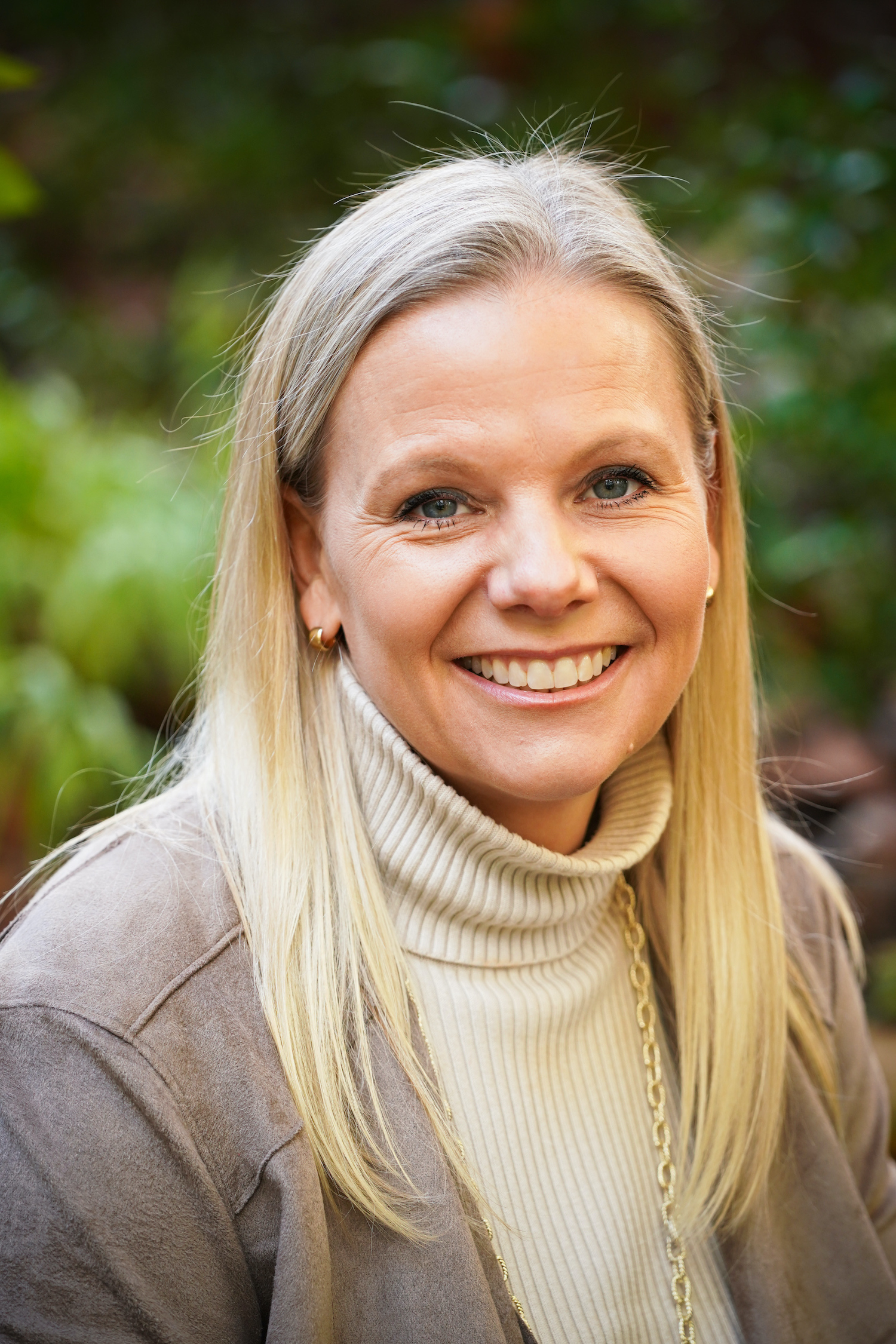
Your portfolio ranges across different categories. Are there certain ones that you’re drawn to?
By design, we’re industry agnostic. A lot of consumer brand companies have come to us specifically because inventory financing is such a huge deal and our check size actually tends to fit pretty well with inventory financing. It’s not that that’s where we want to spend most of our time, but it’s more that that’s where there’s a really big need. They’ve got customers who are really enthusiastic about their product, and they’re struggling with just keeping products on the shelf, or they’re looking to get the word out about their product because they’ve got strong margins, but they don’t have advertising dollars available to help them grow.
Are you also providing guidance on top of financial help?
That’s a bit more on an ad hoc basis. It depends on what the founder needs and wants. I certainly have done that for some of the companies in the portfolio. I’d say maybe 20 or 30% of them turn to me regularly and are either asking for guidance or asking to get on the phone to talk through an issue. The rest I get a check from them once a month and that’s it, so it really depends on what their needs are.
We’re still small enough that I can provide some of that [guidance]. At some point, obviously, we’re hoping to be big enough that my time becomes the constraint, but we’re also trying to build out a network. For example, a founder reached out to me yesterday for advice on how to market a crowdfunding campaign. I actually have never done a crowdfunding campaign, but I know exactly who in the portfolio has. Some of it is also about connecting them to other people who can provide advice and resources.
You mentioned Coralis only gives out five loans a year. Is there a cap for Daintree?
No. We’re in the process of raising money, so I’m always in that balancing act between, do I have enough money or do I have enough deal flow? I’m constantly worried about one or the other. That’s just the nature of what we do. We have raised $1 million of a $3 million fundraise to try and get more money into these loans.
I’m actively looking for more investors who are interested in supporting the cause of getting investment capital to underrepresented founders. Last week, if you’d asked me, I’d say my challenge was deal flow. This week, if you asked, I’d say my challenge is capital investment. It flips back and forth every week depending on what’s happening.
How have you financed Daintree up until this point?
I ran Daintree for the first two years off of my own balance sheet because my experience, background and expertise was as an operator, not as an investor. I figured I needed to prove out this investment thesis using my own money before I went and asked other people for theirs. That’s how we did the first about 40 loans.
Then, I had enough of a track record, had a 0% default rate and decided to launch a fundraising campaign. I have a lead investor who’s really leaned in and been very helpful in that regard, but we’ve decided not to do it as a traditional 2 and 20 fund for a whole bunch of reasons. The economics of a traditional fund would have forced us into a part of the market we don’t want to be playing in. We didn’t want do a traditional fund because it would’ve pushed us into needing to write bigger checks, and if you write bigger checks, you have to be funding companies that are further along in their life cycle.
We want to be in the part of the market where we are with these companies that are in the $100,000 to $ 1 million revenue range because that’s where a lot of female-led companies lie. We’re very focused on helping those companies get over the $1 million revenue hurdle. Then, other capital options open up for them.
We launched two different investment vehicles. Both take advantage of charitable capital. They’re treated as a tax donation from the investor. One is truly a pure charitable donation. It’s a one-time gift, and they’re investing in this evergreen fund. As money is lent out to underrepresented founders, as principal and interest are repaid, the fund just grows, and more money is lent out. That evergreen fund is now being funded by donors who are passionate about this cause and just want to get more money in the hands of underrepresented founders.
We also launched an impact fund, which also is charitable dollars. It’s a tax write-off. The way that one works is we’re basically borrowing the money from the impact fund, and then doing all of these loans to underrepresented founders. Daintree is paying interest back to the impact fund.
On a once a year basis, the investors in that impact fund get an interest check back to them for the interest that has been earned, and that check either can be donated to any 501(c)(3) of the investors choosing or it can go back to the investor’s individual donor-advised fund. That’s how money goes back to them. It has to kind of stay on that side of the tax line, but it does return interest and principle upon request from the impact fund. That’s what we’re doing now. The $3 million fundraise is using those charitable dollars.
“Having more angel investors and more micro equity funds isn’t going to address the problem. What we need is more sources of alternative capital.”
How does the interest rate for Daintree capital’s loans compare to other loans out there?
We have two kinds of loans: Principal and interest loans, and we have revenue-based loans. Our principal and interest loans are fairly standard in a lot of ways in that you have a monthly payment that goes both to principal and interest. It’s a set amount, it’s over a set term. The interest rate ranges from 10% to 15% on an annual basis. That compares favorably to credit card debt and a lot of the short-term debt that companies take on from things like accounts receivable lending, etc. It compares unfavorably to things like a home equity loan. If you’re willing to put your house up as collateral, you can certainly get a cheaper loan.
The reason why we live in that 10% to 15% range is our loans are unsecured. We don’t ask for collateral, we don’t ask for a personal guarantee, and we aren’t checking credit scores. We’re working with very early-stage companies, so these are higher risk loans. What I tell my founders is, “Hey, if you want to go walk into Wells Fargo and put your house up as collateral, by all means, go do that. You’re going to get a cheaper rate.” But I personally believe that founders should be able to separate their personal finances from their business finances and that’s what we do. We’re financing the business, not the individual.
Our revenue-based loans are structured a little bit differently to make them more founder-friendly because, while repayment happens as a percent of their revenue up until they hit the cap, our cap is lower than market rates and also our cap changes based on the speed with which you repay the loan.
Most caps are just a set rate, 2x, 3x, whatever the original lending amount is regardless of how quickly you pay them back. Our caps change over time. So, if you repay the loan in six months, the cap is 1.1x. It’s much, much, much lower if you repay it quickly. If you don’t repay it for three years, then it’s going to be 2x, but 2x makes much more sense if the cap you’re talking about three years. 2x as a cap is super expensive if you repay it in six or nine months, which is how most revenue loans work.
Have the statistics for VC funding going to underrepresented founders improved over the years? What do you think needs to change?
The stats have not improved. In fact, they’ve gotten a little bit worse. The pandemic was really, really, really problematic for women-led businesses in particular because a lot of women were having to take more responsibility for childcare. There are a lot of female-led companies that never got off the ground because, all of a sudden, they’re dealing with kids at home from school.
I do think there’s an opportunity for change, and there are more people focused on this issue now, which is great. My personal view is having more angel investors and more micro equity funds isn’t going to address the problem. What we need is more sources of alternative capital. More equity investors who are looking for the same B2B companies that are promising 10x returns is not helpful. What we need is more alternate sources of capital that are better fit for the kinds of companies that underrepresented founders build.
Once we start having more of those alternate sources of capital, then hopefully we’ll be helping those companies grow to the point where then they can get, for example, traditional bank lending or a traditional equity investor. I’m focused on helping set these companies up so that they can be big enough and have enough traction that those other options become available to them.
What are short-term and long-term goals that you have for Daintree?
I kind of measure everything in terms of how much money am I putting to work. So, as I said, we’ve done $1.7 million in loans. We’re hoping to double that in the next 12 to 18 months. It’s partly about how much capital we’re putting to work, but it’s also about the default rate. If we’re doing loans and they don’t get repaid, then we’re not going to be attracting more investment capital to the cause.
Right now, we have a 0% default rate. The only thing that’s true for sure about a 0% default rate is it’s not sustainable. There’s just no way we can hold on to that indefinitely, but my hope is, as we do more and more loans, we can keep our default rate less than 5% and ideally even less than 3%, which then puts us in the land of competing with credit card companies in terms of default.
The last metric is how much are the companies growing that we fund. As I mentioned, the statistic I pulled about a month ago that was pretty exciting, was that on average, these companies are doubling their revenue in the first 12 months they have a Daintree loan. The more we can help these companies grow, the more we believe what we’re doing is actually having an impact on the market and changing the faces of CEOs in America. The more women and people of color we can have run big companies, the more the face of a CEO starts to look like what it should, which is, in my opinion, the face of America.
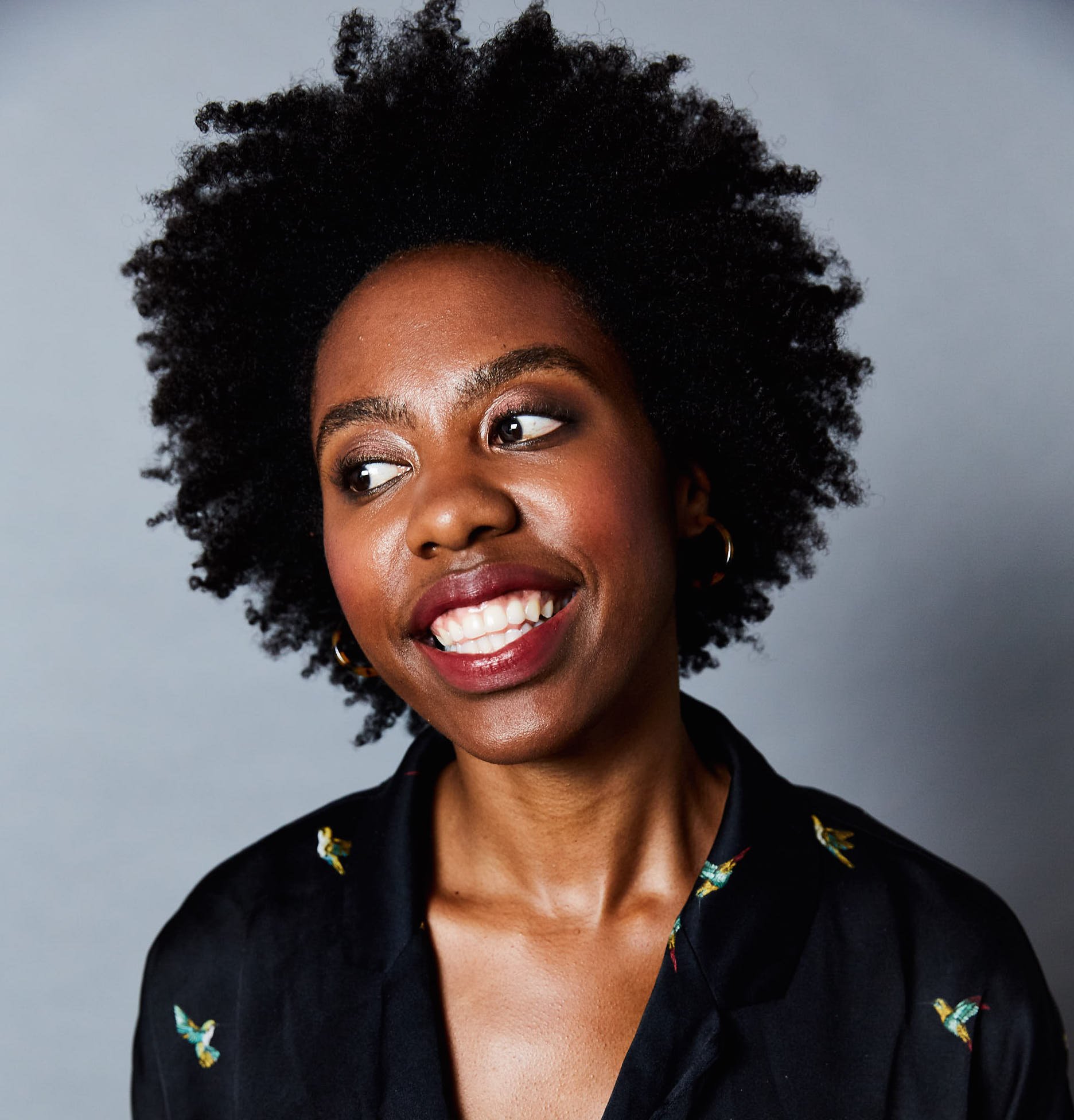
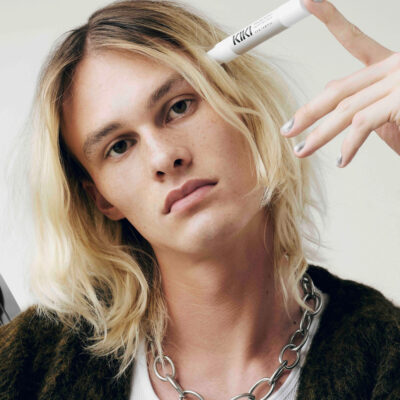
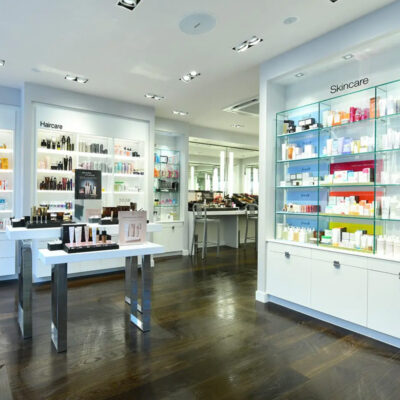
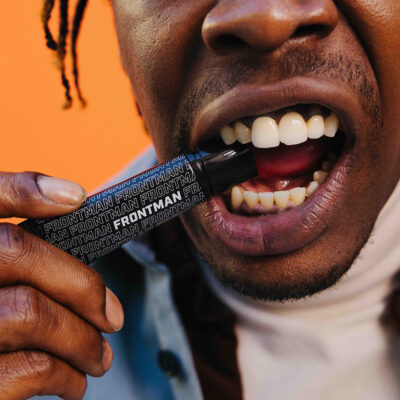
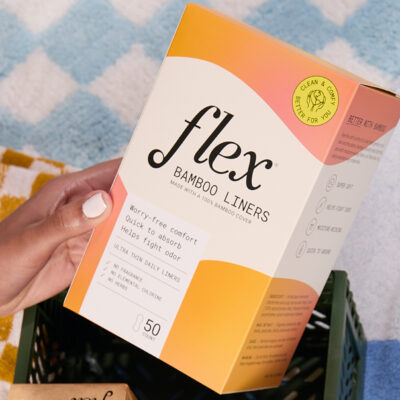
Leave a Reply
You must be logged in to post a comment.